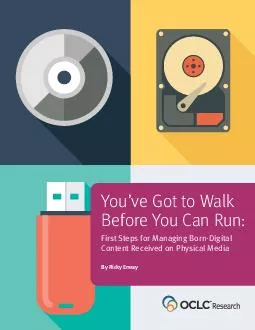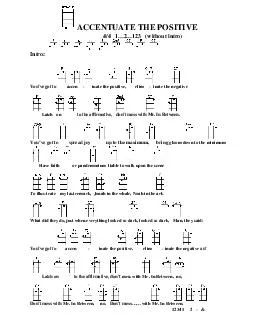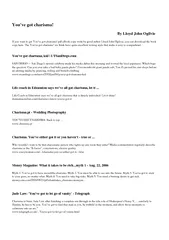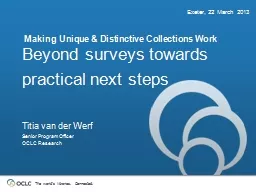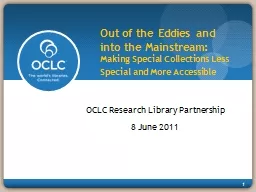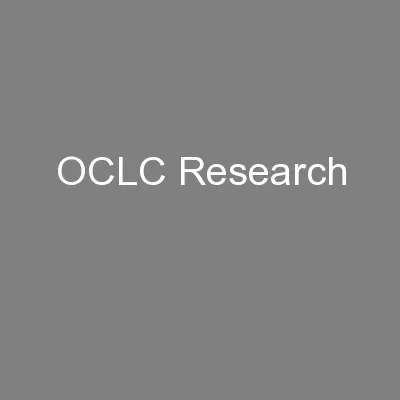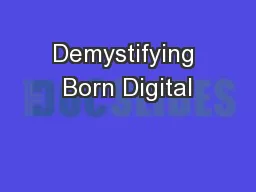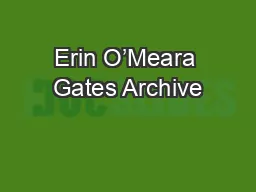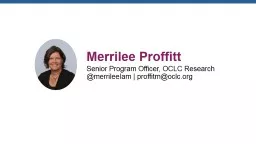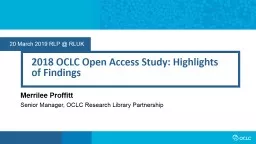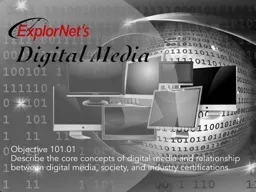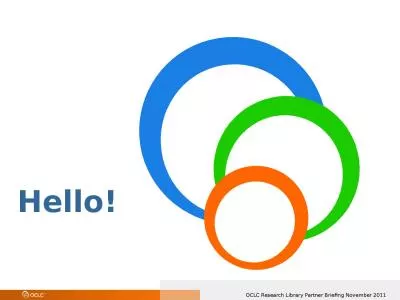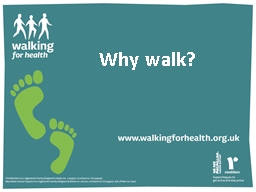PDF-Youve Got to Walk Before You Can Run First Steps for Managing Born Digital Content Received
Author : kittie-lecroy | Published Date : 2014-10-19
Reuse of this document is permitted as long as it is consistent with the terms of the Creative Commons Attribution Noncommercial Share Alike 30 USA license CC BY
Presentation Embed Code
Download Presentation
Download Presentation The PPT/PDF document "Youve Got to Walk Before You Can Run Fi..." is the property of its rightful owner. Permission is granted to download and print the materials on this website for personal, non-commercial use only, and to display it on your personal computer provided you do not modify the materials and that you retain all copyright notices contained in the materials. By downloading content from our website, you accept the terms of this agreement.
Youve Got to Walk Before You Can Run First Steps for Managing Born Digital Content Received: Transcript
Download Rules Of Document
"Youve Got to Walk Before You Can Run First Steps for Managing Born Digital Content Received"The content belongs to its owner. You may download and print it for personal use, without modification, and keep all copyright notices. By downloading, you agree to these terms.
Related Documents

